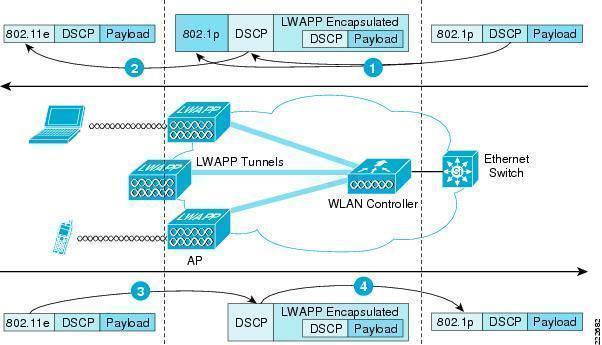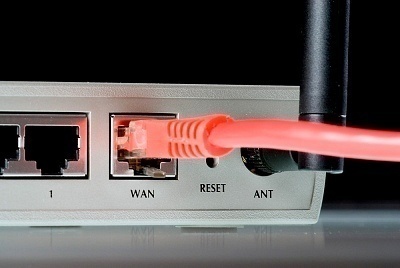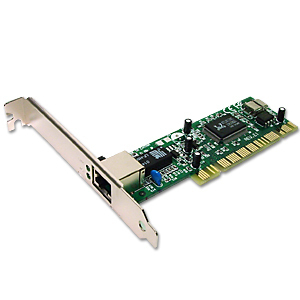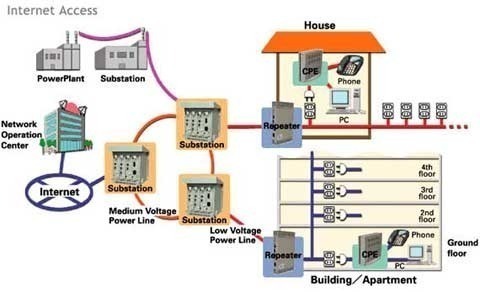802.1p is an IEEE standard that describes mechanisms to prioritize traffic and perform dynamic multicast filtering. Because of its support for priority specification, 802.1p is important for providing Quality of Service (QoS) for better reliability and quality.
Quality of Service
QoS is a mechanism that allows for better handling of data that passes over a network. There are two major types of Quality of Service (QoS) techniques, hard QoS and soft QoS. Hard QoS has a hard-set capacity reserved for certain types of service, while soft QoS just deals with data prioritization. QoS provides a kind of guarantee to ensure that important data packets reach their destinations as quickly as possible.

Use of the 802.1p Standard
The IEEE 802.1p standard is a method for assigning priority to packets traversing a network. It works with the MAC (media access control) header at the data link layer (Layer 2 in the OSI reference model). The MAC header is one of those parts that are inspected by hubs and switches in a network, which are also responsible for differentiating between network packets on the basis of their priorities.
The 802.1p sets a 3-bit value in the MAC header to indicate prioritization. This 3-bit value provides priority levels ranging from 0 to 7 (i.e., a total of 8 levels), with level 7 representing the highest priority. This permits packets to cluster and form different traffic classes. Thus, when network congestion occurs, those packets that have higher priorities will receive preferential treatment while low priority packets will be kept on hold.
802.1p is not backward compatible and can lead to instability on networks with non-802.1p switches. This is because older switches will misinterpret the header used by the 802.1p protocol. It is important that the switches, Ethernet cards, and device drivers are all 802.1p compatible.




ph4ntom74
Thanks for sharing,
just wanted to point out that hubs work at Layer 1 only, they don’t have inspection capabilities and they do not look at the frame itself. They just repeat electrical signals (layer 1), as an example a hub can’t separate broadcast domains, in fact the traffic that traverse a hub its one big collision domain, i think you meant to refer to a bridge not a hub.
thanks
touristguy87
“It is important that the switches, Ethernet cards, and device drivers are all 802.1p compatible”
There’s probably an infinite list of other devices, software etc that you could have “wanted to point out”.
Luckily for us you only selected one of the undoubtedly many that you wanted to talk about, to actually talk about here. Thank you for your brevity, and as well, thank *you* for sharing.
John
Yep that’s correct. It’s important not to confuse newcomers. Hub is Layer 1 only. A lot of wrong information here.